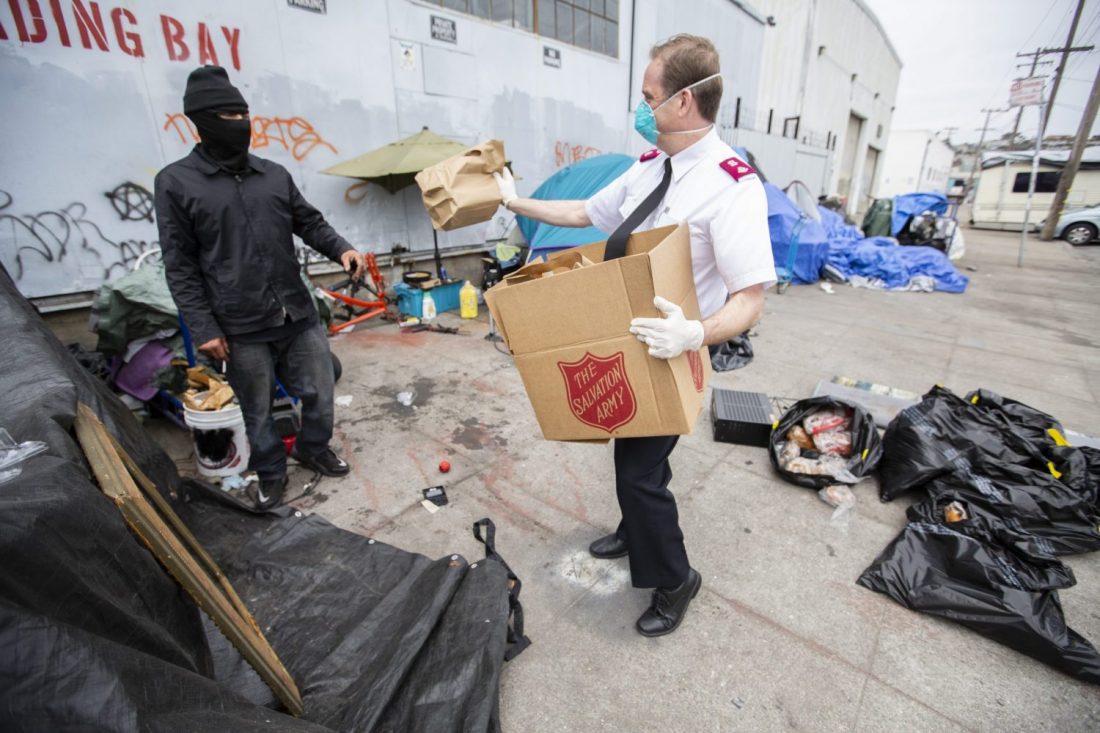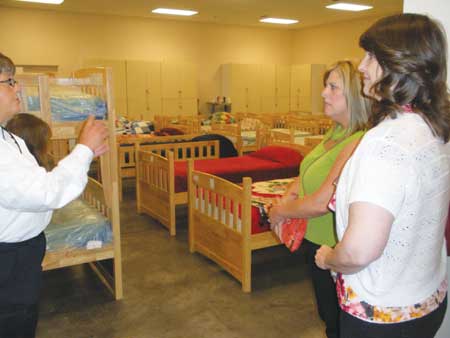San Francisco

When Captain Keilah Toy says the San Francisco Asian American Corps was something of a misnomer at its inception, it’s because at that time the membership was all Chinese American. No other Asian American groups were represented.
Today, five years later, the name reflects a truly Asian American worship community and then some! Filipino Americans and Vietnamese Americans have joined them, as well as African Americans and Caucasian Americans whose roots in European countries are no longer attached to a hyphenated heritage.
“Although our Asian languages aren’t exactly the same,” says Toy, “we share the same upbringing and, figuratively speaking, ‘eat from the same bowl of rice.’ Third and fourth generation Asians are looking for their roots. It’s good The Salvation Army recognizes and respects the fact that we are not a Caucasian corps, but as new people come to us and culture lines become more blurred, we’re careful not to bombard them with tofu! We all speak English. We’re all Americans.”
A similarity of circumstance as well as heritage is often the tie that binds corps together.
Unlike many of San Francisco’s corps whose titles reflect a primary ethnic membership base, Turk Street Central houses the multitude of nationalities that populate the Tenderloin district. Primary among the young people are Chinese ethnics from South East Asia. Among the adults are African Americans, Hispanics and Filipinos. Indonesia, Ethiopia, Russia and a smattering of European countries are also represented.
There is diversity among the soldiery–from the frail elderly to families with children growing up in one of the worst drug-infested neighborhoods in the city; from homeless who find shelter at Lifeboat Lodge to people in recovery living at Bridgeway, to soldiers who come from the suburbs to worship in an urban setting.
Yet there is also solidarity of purpose. “We are a single umbrella for many different groups living in the most adverse conditions,” reports A/Captain Patrick Granat. “There is a healthy appreciation for that. We identify with each other without losing our distinctives.”
The distinctive characteristic at Mission Corps is Hispanic heritage. Majors Hector and Gerde Ramos continue their mission in an underserved area, trying constantly to reach out to local community groups, schools and businesses. This month, they will open the corps building to a meeting of the Hispanic Chamber of Commerce, sponsored by Univision TV. Approximately 70 to 80 community leaders are expected to attend.
Corps membership is primarily Hispanic, with a sprinkling of Filipino, Chinese and Caucasian. Some soldiers come from as far as the East Bay. A loyal member of Home League comes every Monday night for the meeting, stays over in the city and leaves at 4:10 a.m. to take a bus and BART back to San Lorenzo across the Bay for her baby-sitting job. Summertime teen volunteers are primarily Hispanic and Vietnamese.
Yerba Buena Center’s corps population is Cantonese speaking. When Lt. David Eng held citizenship classes in Mandarin last year, more than 40 people came from all over the Bay Area–people who were unfamiliar with the Army and its programs. It was so successful that he has now expanded it into a year-round effort.
Historically, The Salvation Army has often opened corps with specific ethnic outreach. In San Francisco–a melting pot with every possible variety of person God ever created–there is an outreach which continues to respect and build on the strengths of their cultural heritage.









